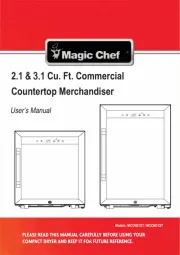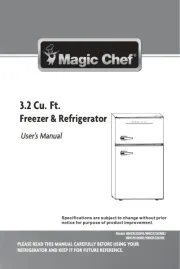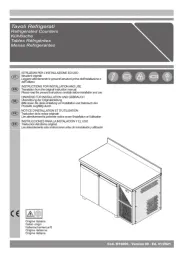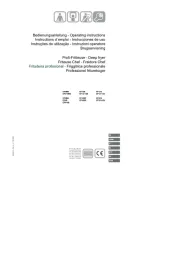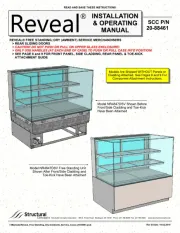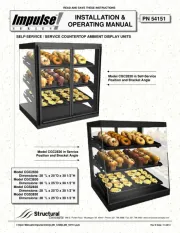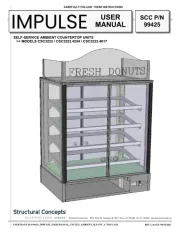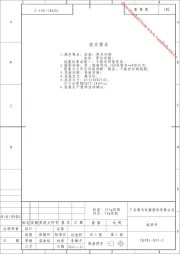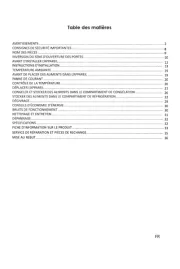Sharp SJ-SF182E2W-EU Manual
Læs gratis den danske manual til Sharp SJ-SF182E2W-EU (92 sider) i kategorien Køleskab. Denne vejledning er vurderet som hjælpsom af 32 personer og har en gennemsnitlig bedømmelse på 4.9 stjerner ud af 16.5 anmeldelser.
Har du et spørgsmål om Sharp SJ-SF182E2W-EU, eller vil du spørge andre brugere om produktet?

Produkt Specifikationer
| Mærke: | Sharp |
| Kategori: | Køleskab |
| Model: | SJ-SF182E2W-EU |
Har du brug for hjælp?
Hvis du har brug for hjælp til Sharp SJ-SF182E2W-EU stil et spørgsmål nedenfor, og andre brugere vil svare dig
Køleskab Sharp Manualer
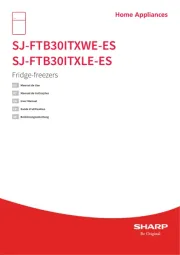
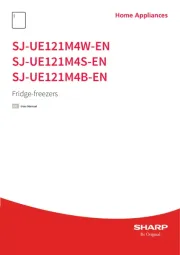
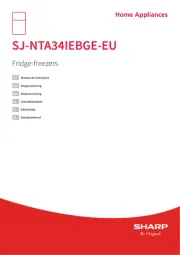
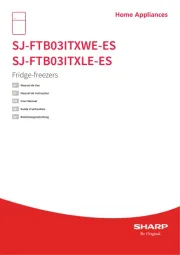
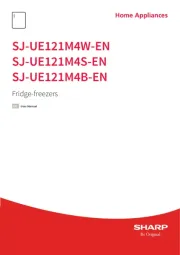
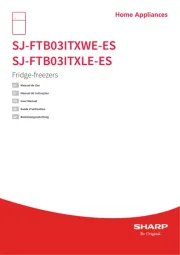
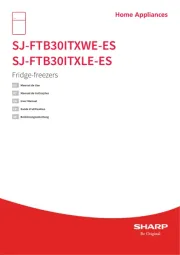
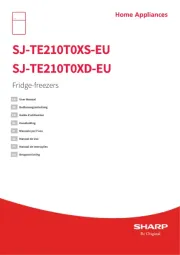
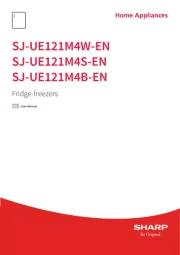
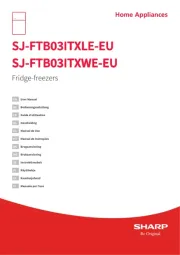
Køleskab Manualer
- Robinhood
- Vedette
- Arthur Martin-Electrolux
- Thermo-Kool
- Blaze
- Gasfire
- WhiteLine
- Avantco
- Insignia
- Gamko
- Profilo
- Heller
- Emerio
- Edesa
- Zephyr
Nyeste Køleskab Manualer
